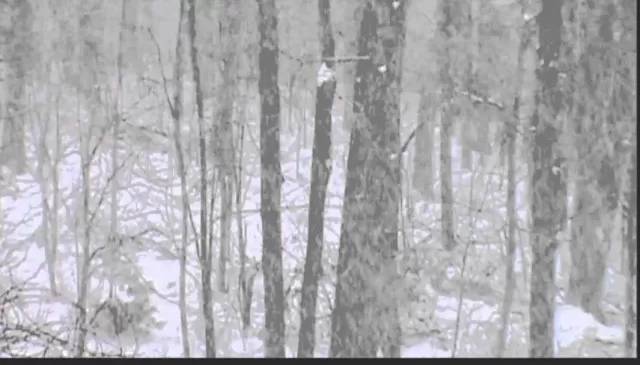Trees That Can Cause Problems in your yard (Part 1). When it comes to landscaping your yard, making informed choices about the types of trees you plant can save you a lot of trouble in the long run. Certain trees may seem appealing due to their aesthetic qualities or rapid growth, but they can become major sources of frustration and Maintenance headaches.
For instance, the Bradford pear, known for its beautiful white blossoms, often emits an unpleasant odor and has weak wood that makes it prone to storm damage. The honey locust, although favored for its adaptability and shade, can be a short-lived nuisance, as it’s susceptible to various insect and disease problems. Meanwhile, the quaking aspen, renowned for its stunning foliage and bark, has an invasive root system that can lead to an entire grove of trees springing up in your yard.
Furthermore, the black walnut tree, highly valued for its hardwood, can become problematic due to its prolific production of nuts and the release of a toxic substance into the soil. Finally, while the aspen tree offers fall beauty, its ability to spread via suckers can turn into a maintenance nightmare.
By avoiding these troublesome trees and opting for more suitable alternatives, you can save yourself the hassle of dealing with ongoing issues and ensure a more enjoyable and harmonious outdoor living space.
Avoid These 10 Trees to Safeguard Your Property and Peace

While mature trees undoubtedly enhance the value of your property and elevate your overall living experience, it’s essential to choose the right trees for your landscape carefully.
The wrong choice can lead to maintenance nightmares or even neighborhood disputes down the road. To ensure a harmonious and hassle-free outdoor environment, consider excluding these 10 troublesome trees from your landscaping plans.
Bradford Pear: A Pretty, but Problematic Pick for Your Landscape
The Bradford pear has enjoyed popularity in landscaping for many years, thanks to its rapid growth and striking white blossoms.
However, while these blooms may be visually appealing, they come with an unfortunate olfactory drawback – an unpleasant smell. Furthermore, the rapid growth of the Bradford pear is a double-edged sword, as it results in weaker wood, rendering the tree susceptible to damage from wind and storms. To ensure the long-term well-being of your outdoor space, it’s advisable to explore alternative options for ornamental trees in your yard.
Honey Locust: Shade and Street Tree with Thorny Troubles

The honey locust has served as a popular choice for shade and street tree applications due to its successful transplantation at larger sizes and its ability to provide dappled shade without overshadowing turf grass.
However, over time, this tree has developed a range of insect and disease-related problems that significantly reduce its lifespan. Additionally, a less-discussed drawback is the tree’s trunk, which grows formidable thorns that can extend up to a foot from the bark.
These thorns pose challenges when it comes to maintenance and working around the tree in a garden setting.
If you’re set on having a honey locust in your landscape, it’s advisable to opt for a thornless variety and remain vigilant in monitoring it for potential disease and insect issues.
This proactive approach can help mitigate some of the difficulties associated with this otherwise attractive tree.
Quaking Aspen: Aesthetic Appeal with Practical Pitfalls
Quaking aspen trees are renowned for their stunning autumn foliage and visually appealing bark, making them an attractive choice for winter landscapes.
However, these seemingly charming trees come with their share of challenges. One notable drawback is their prolific ability to sprout numerous suckers from a single tree, potentially transforming a Small Yard into a maintenance headache or causing issues with neighboring properties.
Additionally, quaking aspen trees are susceptible to various fungal diseases that can mar their appearance and turn them into eyesores.
Given these concerns, it’s often wiser to appreciate the beauty of quaking aspens from a distance, particularly in alpine settings, rather than introducing them into your own landscape where they can create practical problems and detract from their visual appeal.
Black Walnut: A Valuable Lumber, but a Landscaping Liability

While black walnut is highly prized for its valuable hardwood, it poses significant challenges in home landscaping.
Managing this tree becomes a constant chore due to the need for regular removal of its fallen nuts. However, that’s not the only concern.
Black walnut trees produce juglone, a chemical that is toxic to numerous popular landscaping plants, including hydrangeas, chrysanthemums, privet, lilac, and even vegetable crops like tomatoes and peppers.
Before deciding to plant this imposing shade tree in your landscape, it’s advisable to think twice and carefully consider the potential nuisances it may create.
The value of its hardwood may not outweigh the difficulties and restrictions it imposes on your gardening choices and maintenance efforts.
*The information is for reference only.